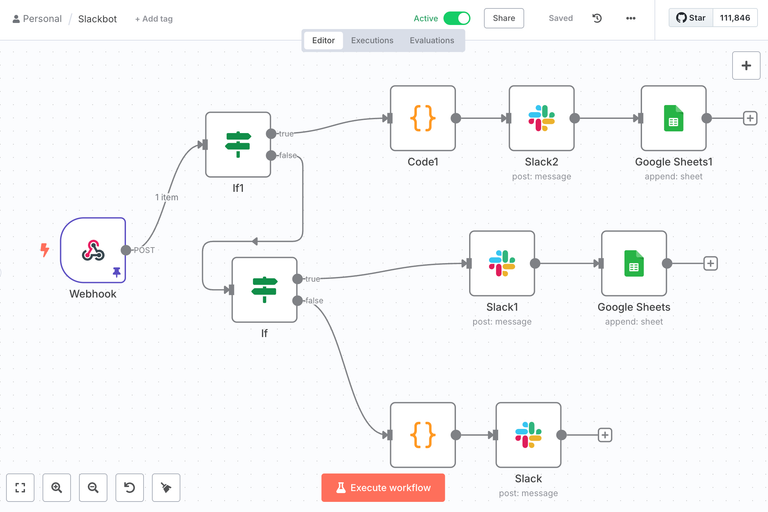
I'm seeing a lot of people out there getting confused (or even confidently wrong, eg. LinkedIn bros) about the various tools out there for automation, so I thought I would put some thoughts here to refer back to in future.
Chat vs Workflow vs Agent
Essentially, agents have "agency" - they are empowered to do things.
While an LLM processes input and generates output (e.g., drafting an email), it cannot take action. The true power of LLMs emerges when they are exposed to "tools," which are integrations allowing them to perform actions like sending emails or updating CRM records.
AI Workflows vs. AI Agents
- AI Workflows These are linear, sequential processes where steps occur in a predefined order. An example is a HubSpot-triggered workflow that researches a new lead using Perplexity, drafts a personalized email with an LLM, and then sends it via an email tool. Workflows are generally more reliable, cost-efficient, easier to debug, and scalable for deterministic processes.
- AI Agents These possess a "brain" (an LLM with memory) and access to various tools, enabling them to make decisions and act autonomously based on inputs. While an AI agent could perform the same task as the workflow above, it would be more expensive, slower, and prone to errors for predictable processes. AI agents are best suited for unpredictable, non-deterministic tasks where autonomous decision-making is required.
Anatomy of an AI Agent
An AI agent comprises:
- Input The user's query or data.
- Brain Consists of a large language model (e.g., OpenAI, Anthropic, Google) for decision-making and reasoning, and memory (short-term for current conversation context, and long-term for past interactions).
- Instructions (System Prompt) Defines the agent's role, available tools, and when to use them, acting as its "job description." This remains static unless the agent's role changes, unlike the dynamic "user prompt" (input).
- Tools Integrations the agent can access to perform actions.
- Output The agent's response or action.
AI Skills Are In Demand
Recent research underscores the growing importance of AI:
- 75% of small businesses now use AI tools, with adoption rates highest among companies generating over a million dollars in revenue (86%).
- The median annual AI investment for small businesses is approximately $1,800.
- Businesses are seeing tangible results: marketing ROI up by 22%, customer service response times reduced by 60% (80% resolved without human intervention), and supply chains cutting transportation costs by 5-10%.
- Small businesses using AI report 91% higher revenue growth than non-AI adopters.
- 54% of small and medium businesses plan to increase AI spending this year, and 83% of enterprises prioritize AI literacy in hiring.
- Mastering AI is becoming essential for modern business competitiveness, positioning early adopters at the forefront of transformation.
Workflows in n8n

This is an example n8n workflow that demonstrates the input and initial trigger is a "webhook" (http request) and the output is either google sheets or a slack message. No AI is used here, it is purely a workflow.
N8N users can create new blank workflows and name them, or even import them from a friend or online directory.
Workflows can then be saved in projects and tagged for organization.
- Triggers Every workflow starts with a trigger (manual, event-based like new Telegram message or CRM row, schedule, webhook, form submission, chat message).
- Nodes After a trigger, different types of nodes (action, data transformation, AI) can be linked.
- App Integrations n8n offers numerous native integrations (e.g., Google Drive, Gmail, HubSpot). Connecting to these requires credentials (passwords or API keys).
- Node Structure Every node has an input panel (incoming data), a configuration panel (settings), and an output panel (resulting data).
Agent is more intriguing from my prospective, it has more depth and possibilities in future
Thanks for your contribution to the STEMsocial community. Feel free to join us on discord to get to know the rest of us!
Please consider delegating to the @stemsocial account (85% of the curation rewards are returned).
Consider setting @stemsocial as a beneficiary of this post's rewards if you would like to support the community and contribute to its mission of promoting science and education on Hive.